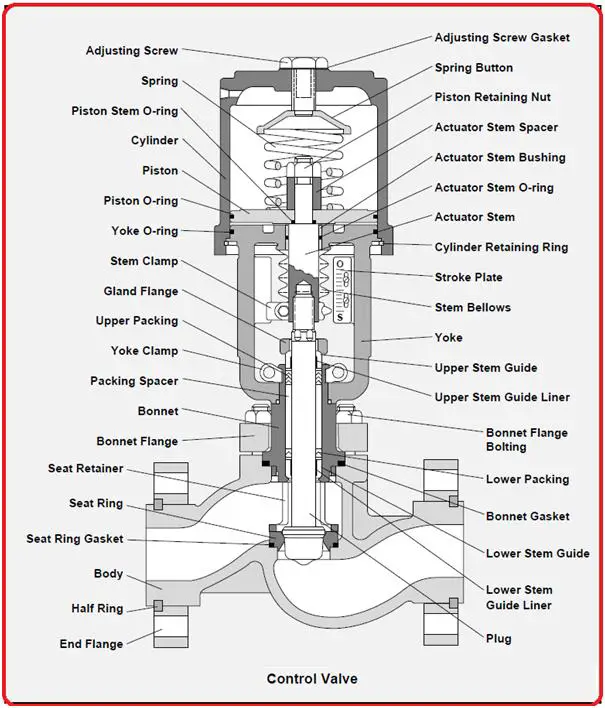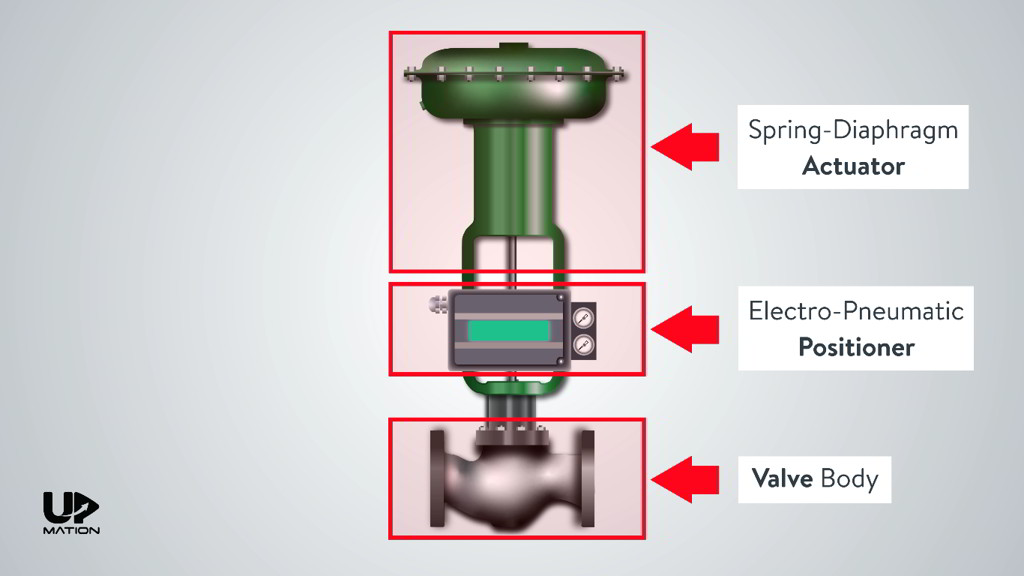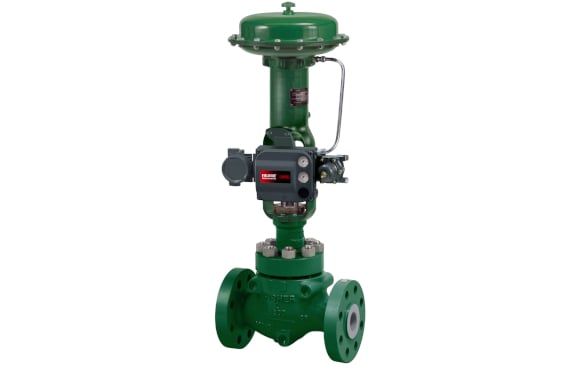Optimizing System Control with High-Performance Control Valves
Wiki Article

Maximize Energy Cost Savings and Convenience With Advanced Structure Automation Controls
In the world of modern-day style and facility monitoring, the combination of advanced building automation regulates stands as a pivotal advancement. The convergence of innovation and sustainability has birthed a new era where power effectiveness, convenience optimization, and functional streamlining are no longer distant aspirations however attainable realities. By using the power of automation, buildings can adjust, respond, and develop in means that were when inconceivable. The possibility for considerable energy cost savings and boosted convenience is not simply an opportunity but a guarantee waiting to be satisfied. This paradigm change in structure monitoring holds the crucial to unlocking a globe where ecological conscientiousness and resident wellness harmoniously coexist within the walls of our structures.Energy Performance Perks
Power performance advantages can substantially lower power consumption and operational expenses in structures. Energy-efficient systems, such as advanced structure automation controls, can enhance the usage of resources like heating, cooling, and illumination, leading to reduced energy expenses over time.Moreover, boosted energy efficiency can lengthen the life expectancy of building tools and systems. By operating more successfully, HVAC systems, lighting components, and various other building parts experience much less wear and tear, causing minimized maintenance and replacement prices. In addition, energy-efficient buildings commonly command greater property worths and rental prices, offering lasting financial advantages to proprietors.
Additionally, power efficiency can boost occupant comfort and performance. Appropriately regulated interior environments with ideal lights and thermal conditions produce an even more enjoyable and helpful work area, leading to boosted employee fulfillment and performance. On the whole, the energy efficiency advantages related to innovative building automation controls are diverse, encompassing expense savings, environmental stewardship, and resident well-being.
Boosted Comfort Control
Enhancing comfort control in structure environments needs an innovative integration of advanced automation systems for ideal passenger wellness. By using sophisticated building automation controls, facilities can tailor the indoor environment to meet the particular needs and preferences of occupants. These systems enable precise policy of air flow, temperature, and lighting, creating a productive and comfy environment. Resident fulfillment and performance are carefully linked to thermal convenience, making it necessary to have systems in area that can adapt to changing problems in real-time.Improved comfort control exceeds standard temperature modifications. It consists of attributes such as individualized settings, tenancy sensors, and all-natural light usage to produce a receptive and dynamic atmosphere. By including these advanced controls, structures can not just enhance convenience yet also enhance power efficiency by enhancing system procedures based on actual tenancy and use patterns. Ultimately, focusing on resident convenience through sophisticated automation systems leads to a much more enjoyable and much healthier indoor atmosphere.
Functional Efficiency Improvements

Furthermore, the implementation of real-time surveillance and analytics tools enables structure operators to determine power ineffectiveness and operational anomalies quickly. By continually checking energy usage patterns and system performance metrics, modifications can be made in real-time to optimize energy intake and ensure peak functional effectiveness. control valves. In addition, integrating demand response techniques right into building automation controls can even more boost operational efficiency by dynamically adjusting power use based on grid problems and rates signals
Indoor Climate Optimization
Effective interior climate optimization is an essential facet of building automation controls, making sure occupants' comfort and wellness while making best use of energy cost savings. By making use of innovative sensors and controls, building automation systems can constantly keep track of and change temperature, moisture degrees, air top quality, and air flow to develop an optimal indoor atmosphere. Keeping regular and comfortable problems not just enhances occupant satisfaction yet additionally improves efficiency and total wellness.Indoor environment optimization additionally plays an essential duty in energy effectiveness. By fine-tuning ventilation, air conditioning, and home heating systems based upon real-time data and tenancy patterns, constructing automation controls can dramatically reduce energy consumption - control valves. For example, implementing techniques such as demand-controlled ventilation and thermal zoning can help decrease power waste while making sure that each area of the structure obtains the required conditioning.

Lasting Atmosphere Creation
Structure automation controls not just maximize indoor environment conditions for energy efficiency and owner comfort yet likewise lay the structure for producing a lasting atmosphere via tactical monitoring of resources and systems. By incorporating sophisticated structure automation innovations, such as sensing units, actuators, and intelligent software program, facilities can adjust and monitor power usage in real-time to minimize waste and lower their carbon footprint. These systems make it possible for anticipating maintenance, recognizing prospective issues prior to they escalate and maximizing equipment efficiency to boost longevity and efficiency.Moreover, lasting setting development expands beyond energy administration to incorporate water conservation, waste reduction, and indoor air high quality renovation. Building automation controls can regulate water usage, detect leaks, and make certain proper waste disposal methods, adding to total sustainability initiatives. In addition, by regulating and keeping track of ventilation and filtering systems, these modern technologies enhance resident health and wellness and efficiency while lowering my explanation power intake associated with a/c procedures.
Conclusion
To conclude, progressed building automation manages deal significant benefits in terms of power savings, comfort control, operational effectiveness, indoor environment optimization, and creating a lasting setting. By executing these controls, structures can attain optimum efficiency while decreasing power intake and improving occupant convenience. It appears that the usage of advanced automation technology is vital in enhancing structure efficiency and developing a more sustainable future.Power performance benefits can considerably reduce energy intake and functional prices in buildings. In general, the power efficiency advantages linked with sophisticated building automation controls are diverse, encompassing price financial savings, environmental stewardship, and occupant wellness.
Furthermore, including demand response strategies into building automation controls can further improve operational efficiency by dynamically adjusting power use based on grid problems and prices signals.
Structure automation controls not just enhance interior climate conditions for power efficiency and this link occupant comfort however additionally lay the foundation for producing a lasting atmosphere with strategic monitoring of systems and sources.In final thought, progressed structure automation manages offer substantial advantages in terms of power cost savings, convenience control, functional efficiency, indoor environment optimization, and developing a lasting setting.
Report this wiki page